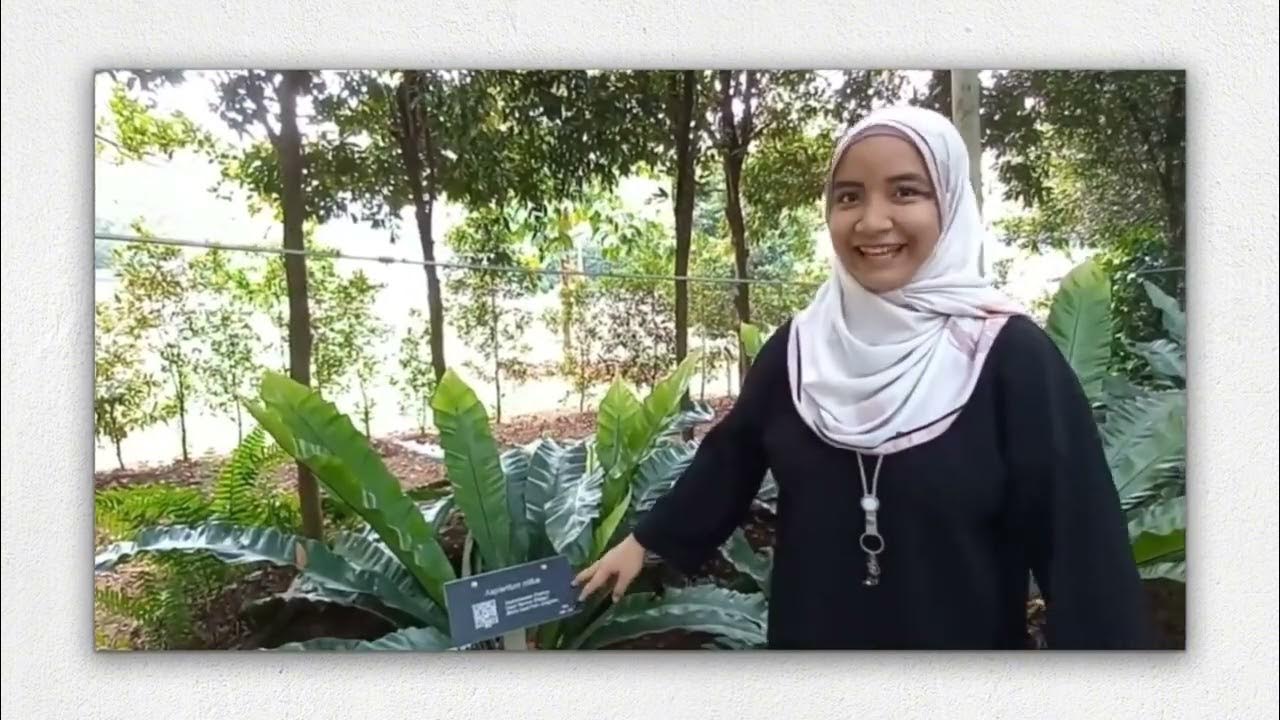KONSERVASI SUMBER DAYA ALAM, komplit
Summary
TLDRThis video explains the importance of conservation of natural resources, focusing on the protection and preservation of biodiversity. It covers the definition of conservation, its objectives, and the methods used, such as insitu (preserving species in their natural habitats) and exsitu (preserving species outside their natural environments). The video highlights various examples of conservation efforts in Indonesia, such as national parks, wildlife sanctuaries, and botanical gardens. It concludes by emphasizing the benefits of conservation, including water protection, biodiversity preservation, job creation, and sustainable food production, urging viewers to take action to protect the environment for future generations.
Takeaways
- 😀 Conservation refers to the preservation and protection of natural resources to ensure their sustainability and maintain biodiversity.
- 😀 The goal of conservation is to protect natural environments, prevent species extinction, and maintain ecological balance.
- 😀 Conservation involves various methods, including **in situ** (on-site) and **ex situ** (off-site) conservation.
- 😀 **In situ conservation** is done within the species' natural habitat, such as national parks, nature reserves, and wildlife sanctuaries.
- 😀 One famous example of in situ conservation is the **Ujung Kulon National Park**, home to the endangered Javan rhinoceros.
- 😀 **Ex situ conservation** involves protecting species outside their natural habitats, such as in zoos or botanical gardens.
- 😀 **Ragunan Zoo** in Indonesia is a prime example of ex situ conservation, showcasing a variety of endangered species.
- 😀 The **Bogor Botanical Gardens** plays a crucial role in plant conservation, preserving both local and international plant species.
- 😀 The benefits of conservation include maintaining water resources, protecting flora and fauna, creating jobs, and increasing biodiversity.
- 😀 Conservation also helps in food security by maintaining sustainable agricultural practices and ensuring long-term food production.
- 😀 Active participation from all sectors of society is needed to protect and conserve nature for future generations.
Q & A
What is the general definition of conservation?
-Conservation refers to the protection and preservation of natural resources. It involves maintaining the biodiversity of flora and fauna, and ensuring the sustainability of ecosystems.
What is the legal definition of conservation according to Indonesian law?
-According to Indonesian Law No. 5/1990, conservation is the management of natural resources and their ecosystems in a sustainable manner, ensuring their continuity while maintaining and enhancing biodiversity and value.
What are the main objectives of conservation?
-The objectives of conservation include protecting nature, preventing environmental damage or species extinction, maintaining ecosystem balance, and improving the quality of life for people and the environment.
What are the two primary methods of conservation?
-The two primary methods of conservation are in-situ conservation, which involves protecting species within their natural habitats, and ex-situ conservation, which involves preserving species outside their natural habitats, such as in controlled environments.
What is in-situ conservation and when is it applied?
-In-situ conservation involves protecting species in their natural habitats. It is typically applied when a species is abundant in its natural environment, and its habitat is well-preserved and stable.
What is ex-situ conservation and how does it differ from in-situ?
-Ex-situ conservation involves the preservation of species outside their natural habitats, such as in zoos, botanical gardens, or through breeding programs. It is often used when the natural habitat is no longer suitable for the species.
Can you give an example of an in-situ conservation area in Indonesia?
-An example of an in-situ conservation area in Indonesia is the Ujung Kulon National Park, which is home to the critically endangered Javan rhino.
What are the key benefits of conserving natural resources?
-Key benefits of conservation include maintaining water sources, preserving biodiversity, creating job opportunities, enhancing food security, and fostering overall environmental sustainability.
What role do national parks and wildlife sanctuaries play in conservation?
-National parks and wildlife sanctuaries play a crucial role in in-situ conservation by protecting ecosystems and the species that live within them. They provide controlled environments where natural processes can occur and biodiversity can thrive.
How does conservation help in maintaining food security?
-Conservation helps maintain food security by ensuring the sustainability of agricultural and natural resources. By preserving biodiversity, ecosystems continue to function, providing food, water, and other essential resources for human survival.
Outlines

Cette section est réservée aux utilisateurs payants. Améliorez votre compte pour accéder à cette section.
Améliorer maintenantMindmap

Cette section est réservée aux utilisateurs payants. Améliorez votre compte pour accéder à cette section.
Améliorer maintenantKeywords

Cette section est réservée aux utilisateurs payants. Améliorez votre compte pour accéder à cette section.
Améliorer maintenantHighlights

Cette section est réservée aux utilisateurs payants. Améliorez votre compte pour accéder à cette section.
Améliorer maintenantTranscripts

Cette section est réservée aux utilisateurs payants. Améliorez votre compte pour accéder à cette section.
Améliorer maintenantVoir Plus de Vidéos Connexes

Undang-Undang Nomor 32 Tahun 2024 tentang Konservasi Sumber Daya Alam Hayati dan Ekosistemnya

Biodiversity Act, 2002 UGC NET LAW

Plant Genetic Resources & Their Conservation

BIODIVERSITY AWARENESS VIDEO : EX SITU CONSERVATION

Potensi Sumber Daya Alam di Indonesia (Part 1)/ Geografi Kelas XI? Kurikulum Merdeka

Pengaruh Manusia terhadap Ekosistem dan Konservasi Keanekaragaman Hayati@gururatna
5.0 / 5 (0 votes)
